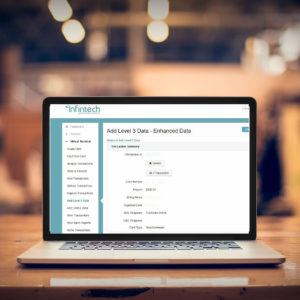For B2B, Level 3 Processing Positively Impacts the Bottom Line

In the business-to-business (B2B) world, merchants have usually heard about Level 3 payment processing. But not every merchant understands what Level 3 processing means and how it can be beneficial to their business. If a business owner accepts corporate, purchasing or government credit cards, they are eligible to receive the lowest interchange rates which results in lower overall processing fees.
What Is Level 3 Processing?
Every time a merchant processes a credit card payment, the business is charged an interchange fee. The interchange fee is what card issuers (like Visa and Mastercard) charge for processing credit cards, and the fee varies depending on the card type. Interchange fees make up between 70% and 90% of the total fees paid by merchants to process credit card transactions.
When a credit card is processed, it is placed into one of three processing categories: Level 1, Level 2, or Level 3. Level 1 has the highest rates and Level 3 has the lowest. With every level, there are more line-item details that must be sent with each transaction.
Why Pass Level 3 Data?
Credit card issuers give the lowest rates to companies that provide additional line-item details on certain business and corporate card transactions. This additional information is passed to these card networks, which is why merchants are rewarded with reduced interchange rates.
When a merchant doesn’t pass Level 3 details – regardless of the service provider – they are charged a higher interchange rate.
Additionally, if a merchant ever processes transactions over a certain dollar amount, the card networks have specific Large Ticket interchange qualifications that reduce processing fees even greater.
Is Level 3 Really Worth It?
Yes. For businesses that accept a lot of purchasing or government cards, qualifying for Level 3 rates can produce significant savings. This is especially true for businesses that have high average tickets.
For example, in Visa’s 2018 interchange table, we see the rate for commercial Level 3 is 1.9% + 10 cents. However, if you only provided enough data to qualify for Level 2 on a card that is Level 3 eligible, you would pay 2.5% + 10 cents: a 0.6% difference. On a $1,000 purchase, it’s only $6, but on a $10,000 purchase, it’s $60. Level 3 savings can add up quickly.
Level 3 processing may seem like a lot of additional work, but merchants’ bank accounts will thank them for the extra effort. When a business provides many line-item details at the point-of-sale, Visa and Mastercard view the transaction as less fraudulent, giving that company access to exclusive Level 3 processing rates. In fact, Level 3 provides the lowest payment processing fees and can save businesses as much as 1.5% per transaction and up to 40% on overall credit card processing fees.
How Do I Get Level 3 Processing Rates?
Level 3 cannot be achieved by using a physical terminal. To qualify for Level 3 processing rates, all line-item details must be securely passed through a PCI-compliant payment gateway that allows a merchant to send line-item details for each transaction. If the data gets passed correctly and it’s the right type of credit card, then the bank will approve a Level 3 transaction. If a merchant misses just one of these details, they will not qualify for Level 3 processing.
Most accounting systems require businesses to enter line-item details manually, which makes gathering and applying this data a challenging and time-consuming process. But a PCI-compliant payment gateway can make all the difference.
A PCI-compliant payment gateway takes invoice information and line-item details already stored in the system and automatically passes them to the point-of-sale. The gateway then uses these details to qualify cards at reduced interchange rates and achieve the lowest payment processing fees for your business. This takes the burden of additional work off the merchant to qualify for Level 3 rates.
Find Out More About Level 3 Processing:
Contact us online or call 1-800-621-8931.
Subscribe to Card Talk
Our monthly newsletter delivers the latest payments news straight to your inbox


